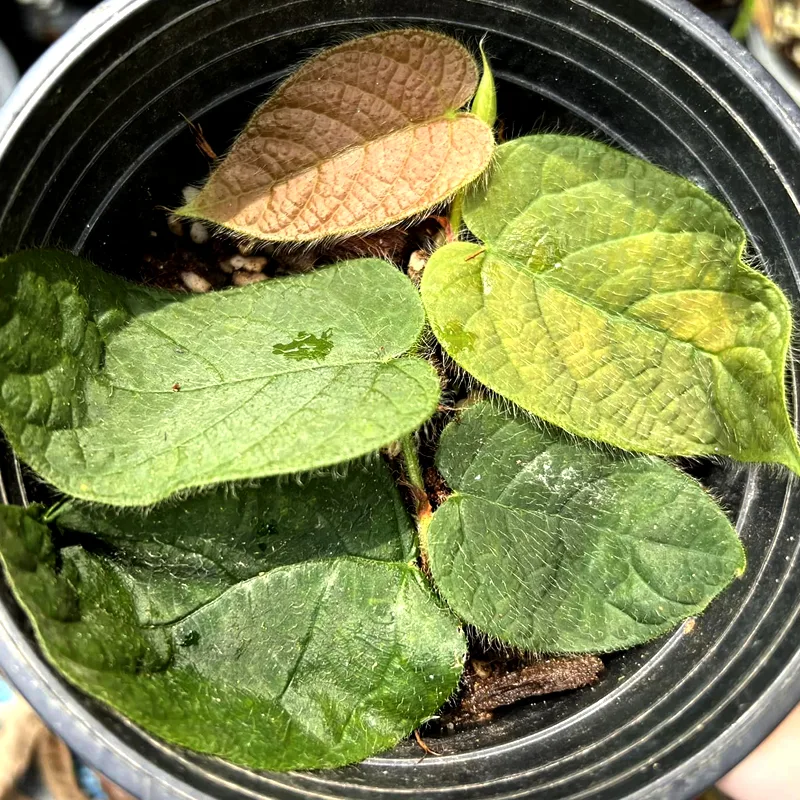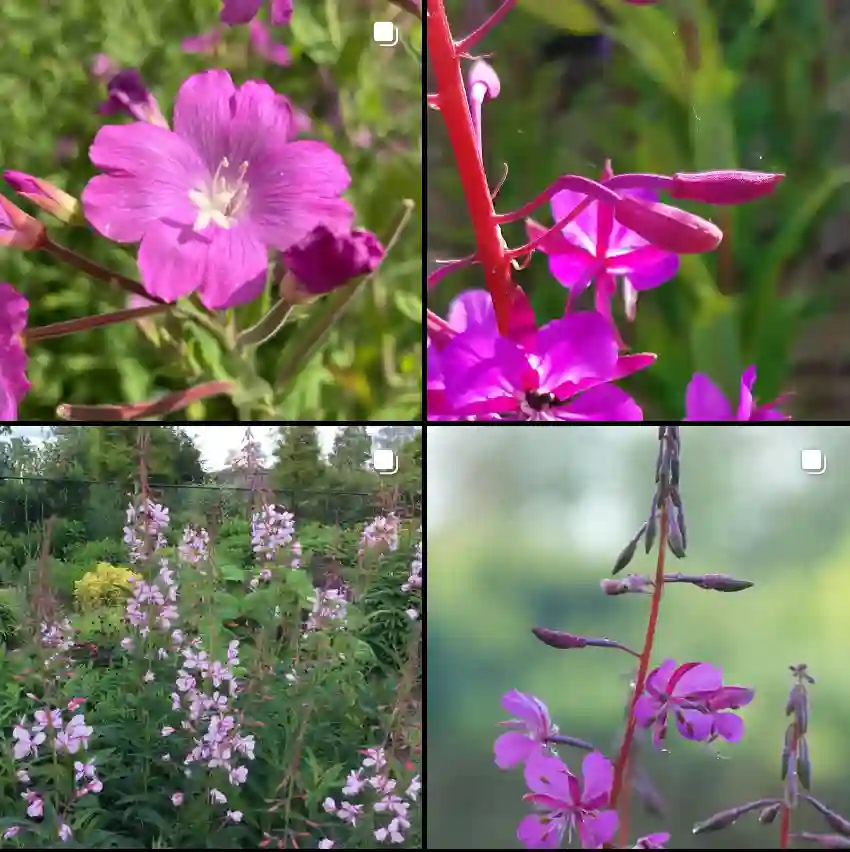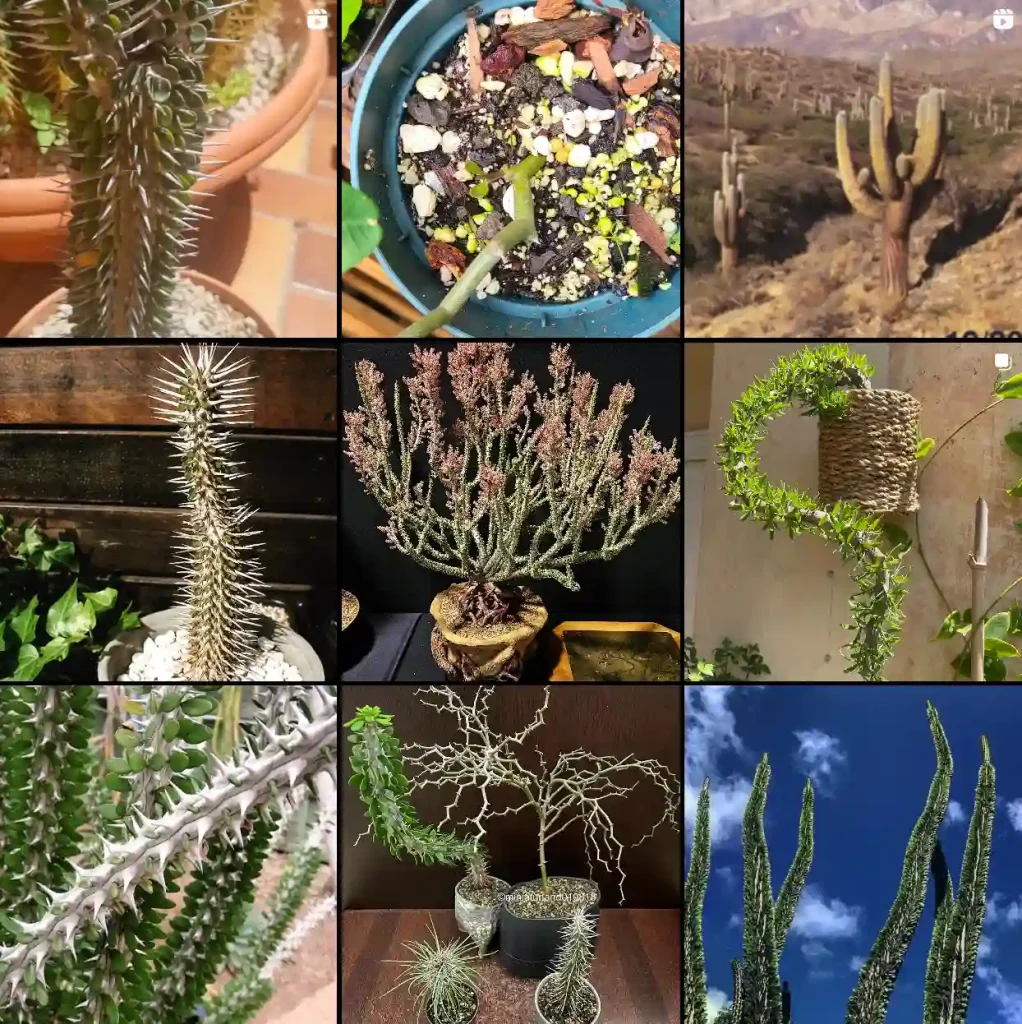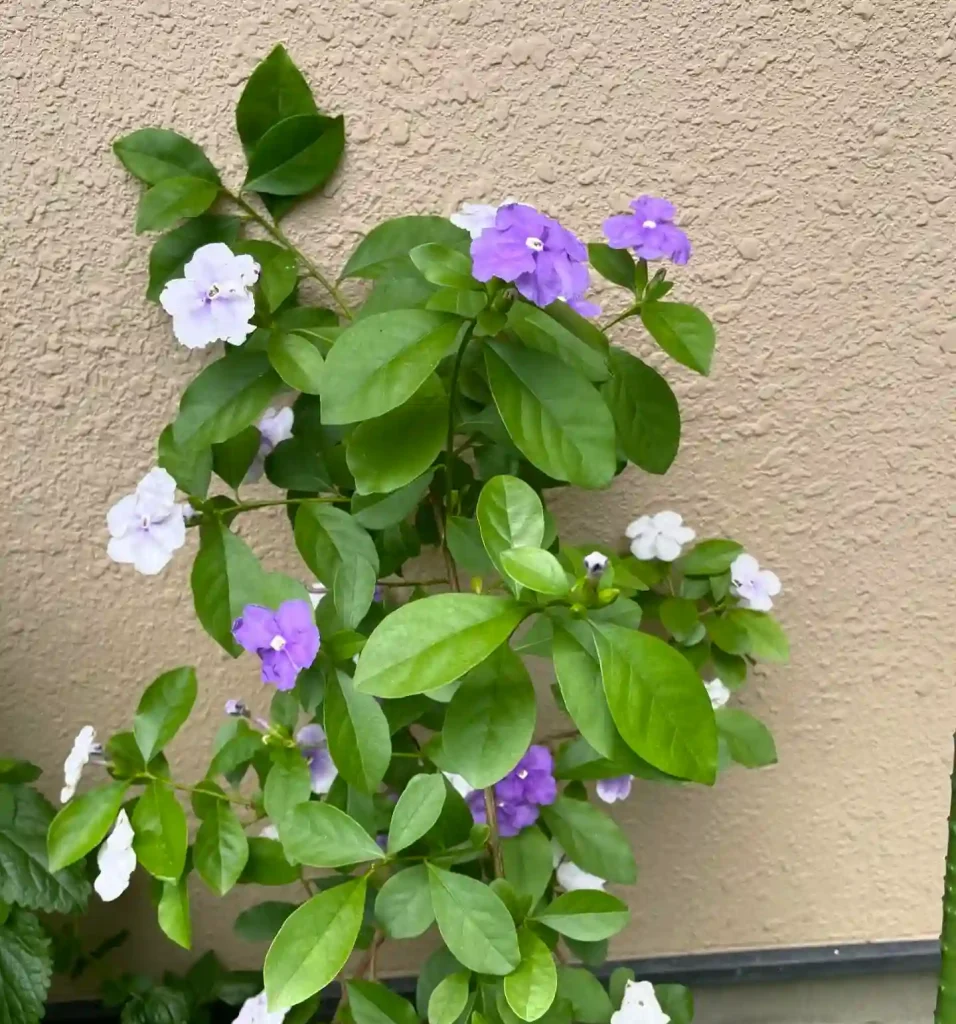Exploring the Phytolaccaceae Family
As a plant enthusiast, I find myself drawn to the diverse and often intriguing families of the plant kingdom. One such family that has captured my interest is Phytolaccaceae. This family includes several genera, notably Physena, Anisomeria, Ercilla, and Phytolacca. Each of these genera has unique characteristics that contribute to the rich tapestry of plant life. In this article, I’ll share my insights and experiences with the Phytolaccaceae family, exploring its genera and their significance.
Overview of Phytolaccaceae
The Phytolaccaceae family, commonly known as the pokeweed family, is primarily found in tropical and subtropical regions. It consists of herbaceous plants, shrubs, and small trees, most of which are known for their vibrant berries and distinctive leaves. One of the notable traits of this family is its varied habitat adaptability, thriving in both disturbed and undisturbed environments. Understanding the ecological significance of this family helps to appreciate its role in local ecosystems.
Physena: A Unique Member
Among the members of the Phytolaccaceae family, I find Physena particularly fascinating. This genus consists of a small number of species, often found in tropical regions. Physena plants are characterized by their alternate leaves and vibrant flowers that attract various pollinators. I remember coming across Physena in a local botanical garden, where its bright blooms stood out against the lush green backdrop.
The fruits of Physena are not only visually appealing but also play a critical role in the ecosystem by providing food for birds and other wildlife. I’ve enjoyed observing how these birds interact with the plant, flitting from branch to branch, feeding on the berries while aiding in the plant’s reproduction.
Anisomeria: A Study in Diversity
Another intriguing genus within the Phytolaccaceae family is Anisomeria. This genus is primarily found in tropical regions and includes several species that exhibit significant morphological diversity. What I find most striking about Anisomeria is its adaptability; some species thrive in wetter areas, while others prefer drier habitats.
During my travels, I stumbled upon Anisomeria in a rainforest setting. Its robust structure and unique leaf arrangements caught my eye. The leaves have an interesting shape, often varying between species, which adds to the overall appeal of the genus. Observing how Anisomeria interacts with its environment has deepened my appreciation for plant biodiversity and the intricate relationships within ecosystems.
Ercilla: The Lesser-Known Gem
Ercilla is another genus in the Phytolaccaceae family that deserves attention. While it may not be as well-known as Physena or Anisomeria, Ercilla has its own unique charm. This genus is typically found in tropical regions, often in moist, shaded areas. I remember discovering Ercilla while hiking through a tropical forest; its subtle beauty blended seamlessly with the surrounding foliage.
Ercilla plants are relatively small, with delicate flowers that often go unnoticed. However, I find that taking the time to observe these plants closely reveals their intricate details and fascinating growth patterns. The understated elegance of Ercilla reminds me of the importance of appreciating the smaller, often overlooked aspects of nature.
Phytolacca: The Iconic Genus
27 Species in Genus Phytolacca
No discussion of the Phytolaccaceae family would be complete without mentioning the iconic genus Phytolacca. Commonly known as pokeweed, Phytolacca is perhaps the most recognized member of this family. Its tall stature and striking clusters of berries make it a standout in any garden or natural setting. I’ve often seen Phytolacca plants thriving in disturbed areas, showcasing their resilience and adaptability.
The berries of Phytolacca are a striking deep purple, but they come with a caveat. While they can be visually appealing, they are toxic if ingested in large quantities. This duality has intrigued me; a plant that is both beautiful and potentially harmful. It serves as a reminder of nature’s balance, where beauty often comes with inherent risks.
Ecological Importance and Cultural Significance
The Phytolaccaceae family plays a vital role in its ecosystems. These plants provide food and habitat for various wildlife species. They also contribute to the overall biodiversity of their regions, supporting complex food webs. In many cultures, members of the Phytolaccaceae family have historical significance as well. For instance, pokeweed has been used in traditional medicine, although it must be approached with caution due to its toxicity.
From an ecological standpoint, the adaptability of these plants makes them valuable in habitat restoration efforts. Their ability to thrive in challenging environments can aid in stabilizing soil and improving local ecosystems.
Conclusion
In my exploration of the Phytolaccaceae family, I have come to appreciate the diversity and significance of its genera: Physena, Anisomeria, Ercilla, and Phytolacca. Each of these plants offers unique insights into the complexity of nature, reminding me of the beauty that exists in the plant kingdom. Whether it’s the vibrant blooms of Physena or the iconic stature of Phytolacca, the Phytolaccaceae family is a testament to the wonders of the natural world.
As I continue my journey through the world of plants, I look forward to discovering more about this captivating family and its many contributions to our ecosystems. Each encounter deepens my understanding of the interconnectedness of life and the vital role that plants play in our world.
If i die, water my plants!



